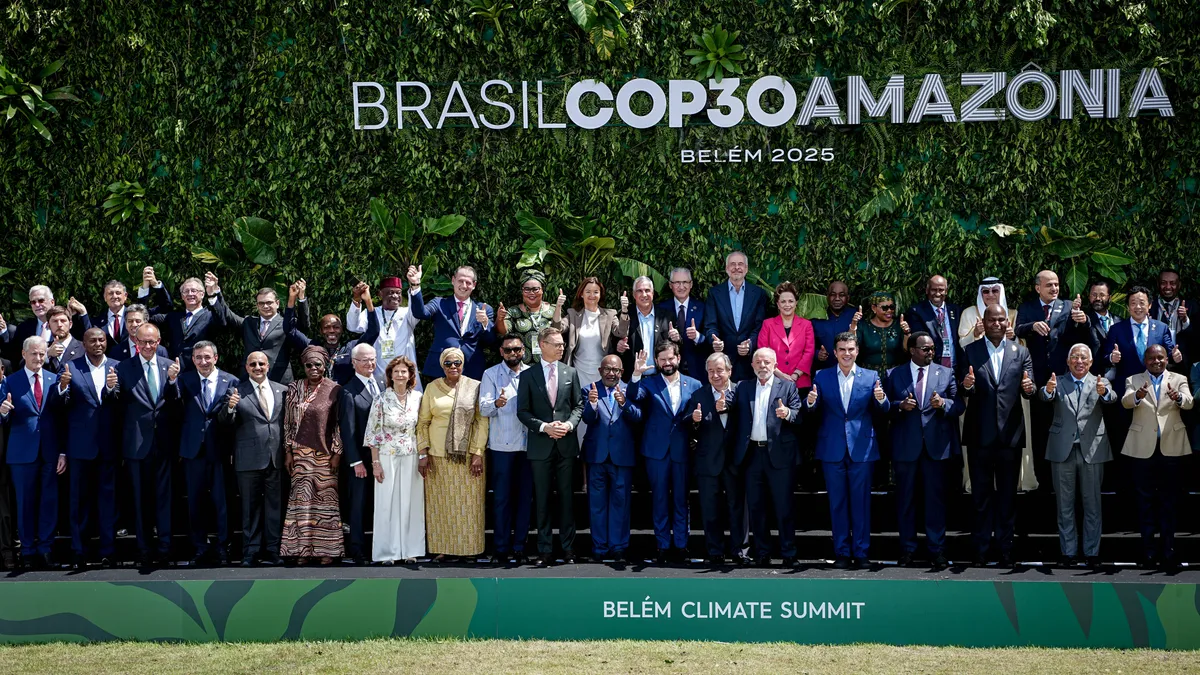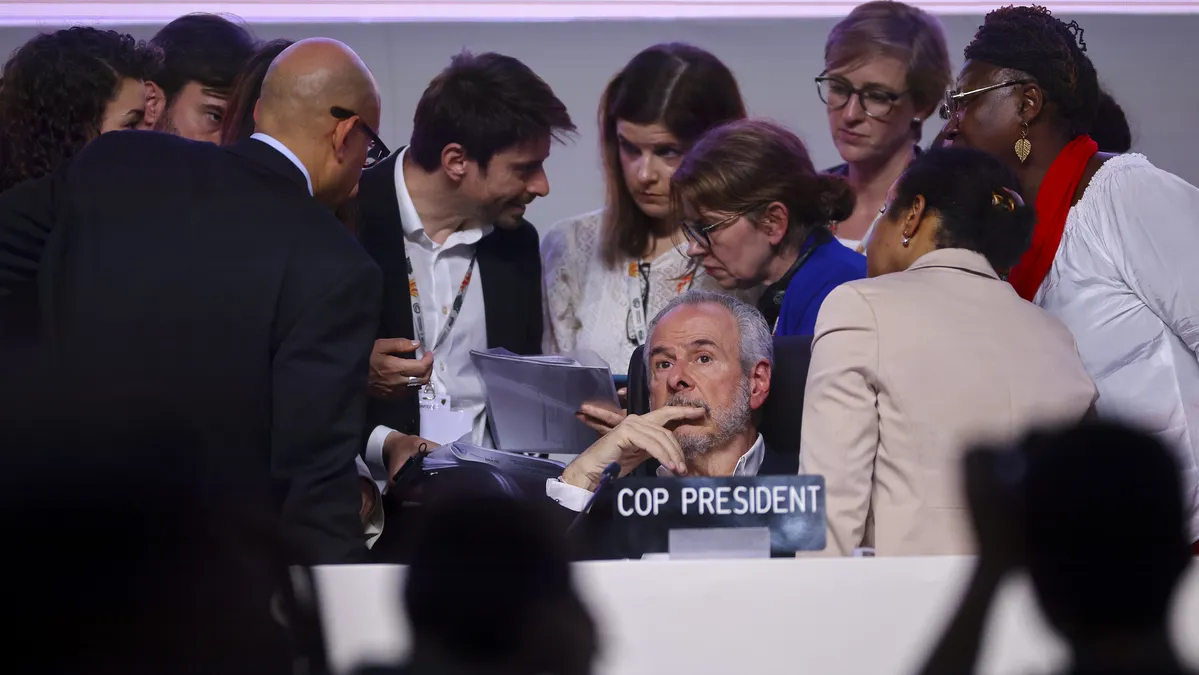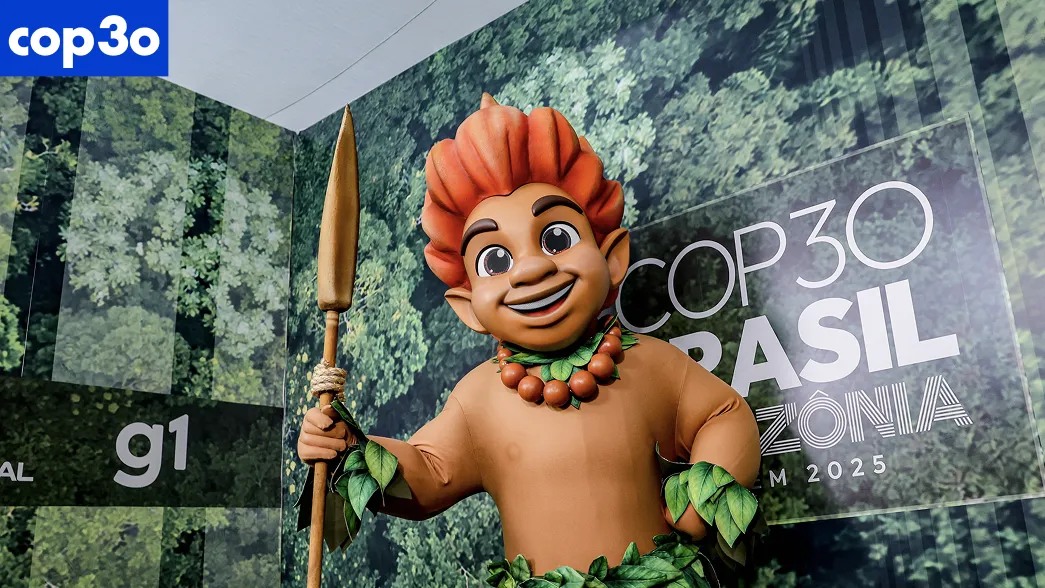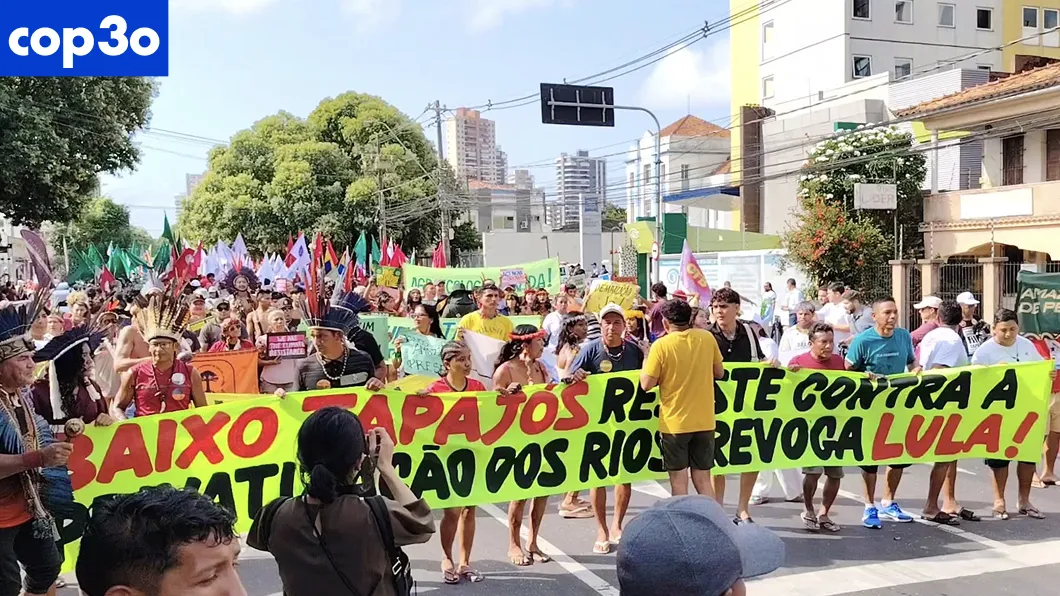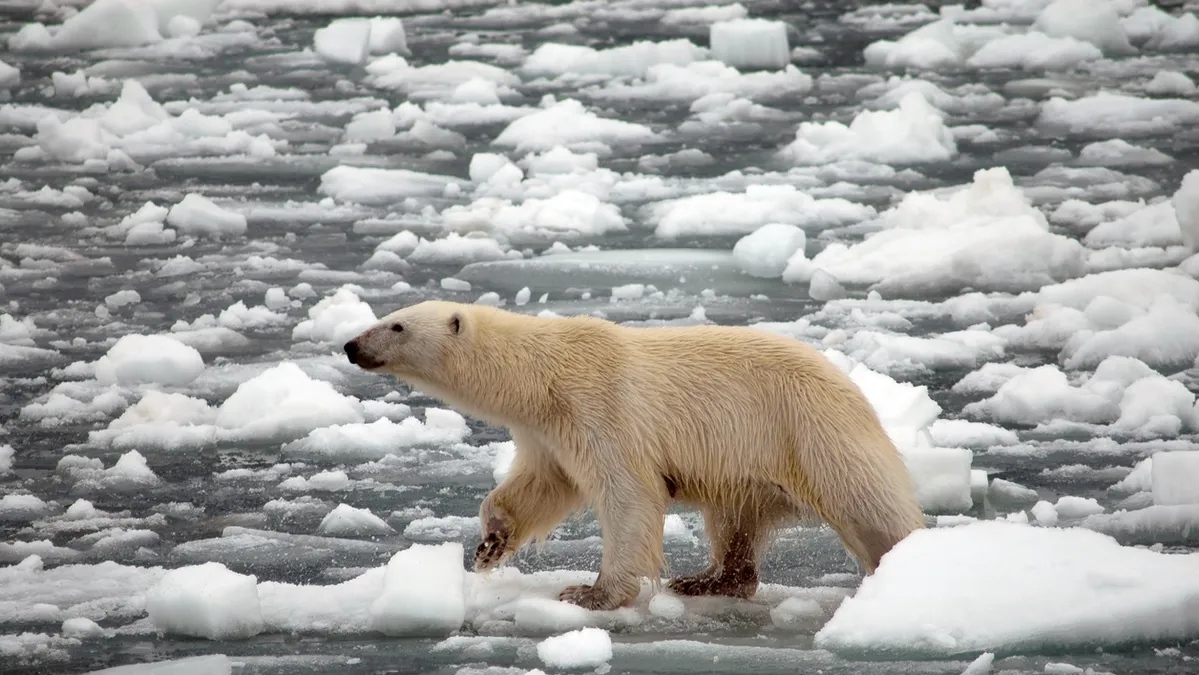The international community is heading to Brazil for the 30th meeting of the Conference of the Parties (COP30) climate summit in November, an event President Luiz Inácio Lula da Silva described as “the COP of truth”.
As global temperatures race upwards and the world squabbles, the gathering takes place in Belém, a coastal city of 1.4 million in the Amazon forest. From deforestation to adaptation, there’s plenty to discuss — and the country’s leadership is keen to strike an optimistic tone about a meeting that could be very different to its predecessors.
“Together, we can make COP30 the kickstart of a new decade of inflection in the global climate fight,” wrote COP30 President-Designate André Aranha Corrêa do Lago in a March letter.
A US test for Paris
His hopes may prove to be a tall order: multiple reports and indicators point to lacklustre progress on global climate action. Concluded in 2015, the Paris Agreement set the goal of keeping global warming well below 2°C and, if possible, to 1.5°C. Ten years later, the commitments made by countries would only limit global warming to between 2.3°C and 2.5°C — if they are even implemented.
For some, a major challenge at the COP30 will be to show that the Paris Agreement still works, despite its many hurdles.
First among the challenges is Donald Trump’s return to the White House. Addressing the United Nations General Assembly on 23 September, Trump referred to climate change as “the greatest con job ever perpetrated on the world”. That followed US withdrawal from the Paris Agreement — effective 27 January 2026 — which some fear will lead to a race to the bottom on climate change.
Jens Mattias Clausen, COP head of Danish climate think tank CONCITO, said the Trump administration is now “much more aggressive in its approach and its attempt to undermine the existing international regime”. The US isn’t sending a high-level delegation, and some worry it may try to hinder progress behind the scenes. One senior EU official cited a recent gathering in London where the US worked with other climate sceptics to block a text on decarbonising shipping.
At a press conference ahead of the summit, Corrêa do Lago said it was a “very good sign” that no other country has sought to follow the US and quit the Paris Agreement. Even without federal support, US states that are present and supportive account for 60% of the country’s GDP, “more than China’s”, he said.
“Politically, we all know it’s not easy when the United States is pushing in other directions … but we’ll try to manage,” Corrêa do Lago added.
Strengthening climate mitigation
Another challenge will be proving that the international community still prioritises reducing greenhouse gas emissions.
Even more so, since this year, parties are required to renew their nationally determined contributions (NDCs), outlining how they plan to contribute to global climate efforts, in line with the Paris Agreement.
Of the 195 parties to the Paris Agreement, only 75 have submitted updated NDCs to date.
While COP30 may take stock of those NDCs, it’s unlikely to adopt any new collective mitigation targets. In theory, Paris’ rulemaking is over — Brazil has signalled its wish for the “COP of implementation” to focus on action.
“This COP and every future COP are very different from all the COPs we know,” said Petter Lydén, head of international climate policy at the NGO Germanwatch. Now, added Lydén, a former climate negotiator for Sweden and the EU, discussions must focus on more concrete issues, such as who should reduce how many tonnes of greenhouse gases, how fast, and who should fund it. Those are topics which, on paper, aren’t set to be discussed in Brazil.
Contexte understands that the EU is among those in favour of adding an October UN Secretariat report to the agenda that collates the submitted NDCs. The report found that implementing those NDCs leads to insufficient emissions cuts relative to the Paris Agreement objectives. The EU reasons that recognising the NDCs’ shortcomings would allow the international community to act accordingly.
Yet there are limits to Brussels’ ambitions.
“I don’t think there’s going to be an appetite, even with the EU, to get too specific about that, because the idea that we would agree to reopen the NDCs as early as next year is not very credible,” said another EU official.
Climate adaptation and its financing
Brazil also wants COP30 to tackle other areas where there’s no shortage of work still to be done.
There will be a “special focus” on adopting indicators to assess progress made on adapting to climate change, Corrêa do Lago wrote in May. The nearly 10,000 indicators listed after COP28 in Dubai have been whittled down to 100, a September expert group report says.
Yet it’s the enormous sums at stake that are likely to steal the limelight.
A 29 October United Nations Environment Programme report said the world still needs between $284 billion (€246bn) and $339bn (€293bn) per year to finance developing countries’ needs in this area.
In the previous COP, in Baku, Azerbaijan, developed countries pledged to provide $300bn (€259bn) in public funding by 2035 to developing countries, with “at least” $1.3 trillion (€1.12tn) per year from public and private sources, but with no specific provisions on adaptation.
At this year’s summit, both the COP29 and COP30 presidencies are expected to present attendees in Belém with a roadmap to achieve the $1.3-tn target. Some developing countries may attempt to renegotiate this financing agreement — though EU officials appear sceptical about any reopening.
On 6 November, at the COP30 launch, Brazil gave financing discussions a first jolt by announcing a Tropical Forest Forever Facility. The mechanism creates an “unprecedented global financial incentive to protect standing tropical forests rather than destroying them”, said an online statement by Brazil’s COP presidency.
But there’s a long way to go to raise the $125bn (€108bn) in capitalisation needed. So far, only a handful of countries have committed to contributing a total of $5.5bn (€4.76bn) to the pot.
In conclusion?
COPs usually wrap up by adopting a cover decision in a plenary session. The consensus statement sets out the main high-level commitments agreed and how countries will deliver them.
Brazil is not planning to propose to adopt one, Corrêa do Lago told Contexte — which raises questions about what shape any concluding document or statement will take. Brazil may be considering a less prescriptive vehicle known as an omnibus decision, a term new to UN negotiations, further differentiating COP30 from previous climate summits.
The presidency may hope that this allows the interests of as many parties as possible to be taken into account, and avoid delegations feeling pressurised to sign up to a last-minute deal against their interests.
The Brazil angle
COP30 is the “first to undeniably take place at the epicentre of the climate crisis, and the first to be hosted in the Amazon, one of the world’s most vital ecosystems, now at risk of reaching an irreversible tipping point”, Corrêa do Lago wrote in March.
Brazil’s leadership role comes after Lula returned for a third term and fought against an Amazon deforestation that his far-right predecessor, Jair Bolsonaro, had largely permitted, if not actively encouraged.
Last year, progress in the Amazon enabled Brazil to record a 16.7% drop in emissions from 2023, one of the sharpest falls seen over the past fifteen years.
In his letter, Corrêa do Lago called on global partners to draw inspiration from Brazil’s native peoples and come together for a “mutirão” — a term in the Tupi-Guarani language for when a community works on a shared task.
But it’s another Brazilian national obsession that really coloured his words.
Despite the gloom some have for the summit, it’s not too late to “win by virada”, he said — a footballing term for turning the game around when defeat seems almost certain.
